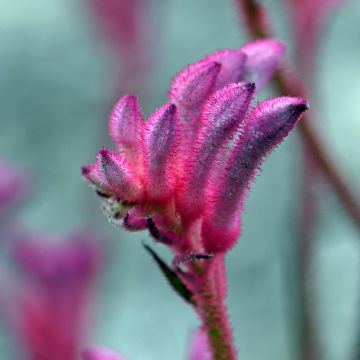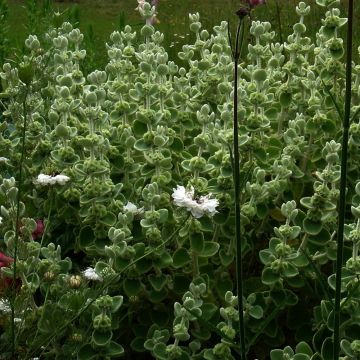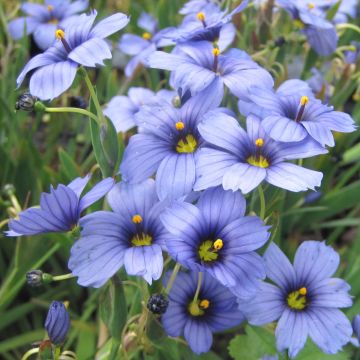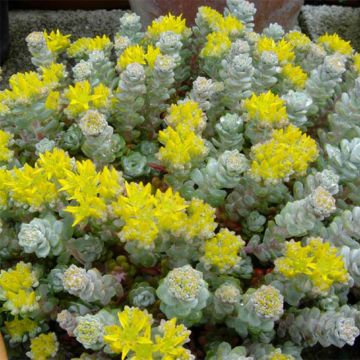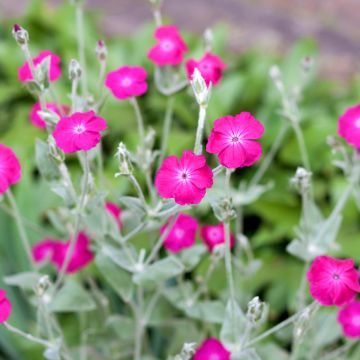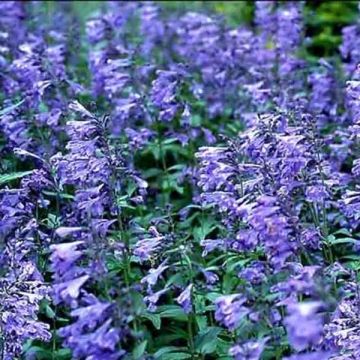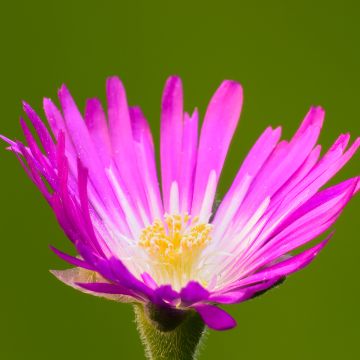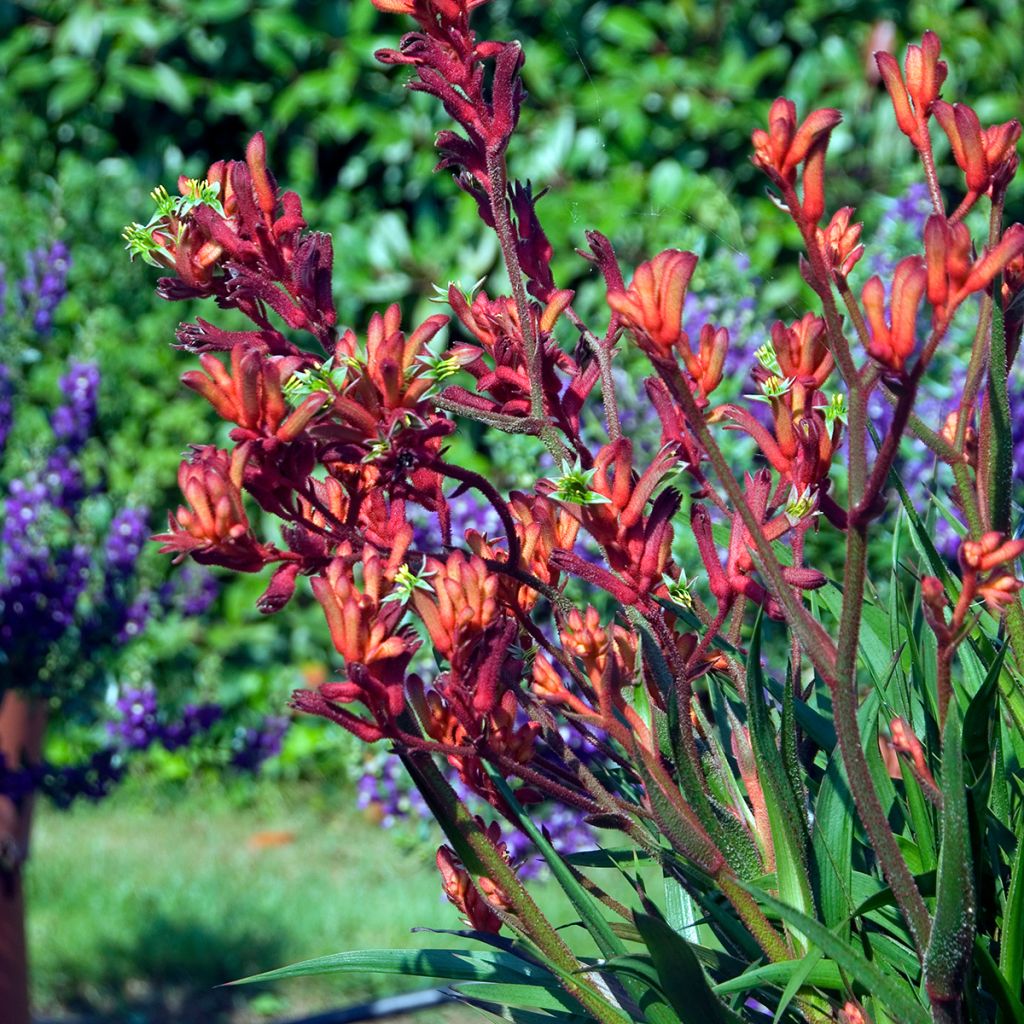

Anigozanthos flavidus Bush Inferno


Anigozanthos flavidus Bush Inferno


Anigozanthos flavidus Bush Inferno


Anigozanthos flavidus Bush Inferno
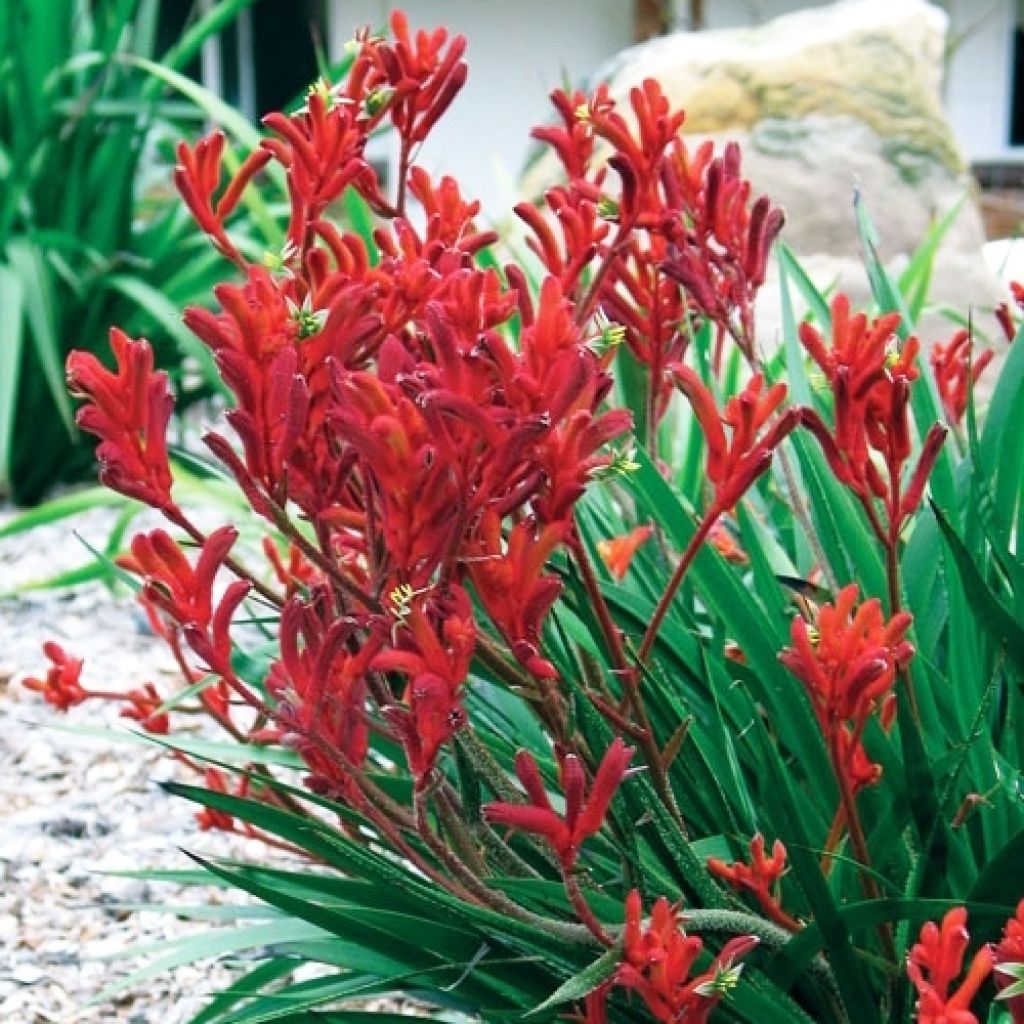

Anigozanthos flavidus Bush Inferno
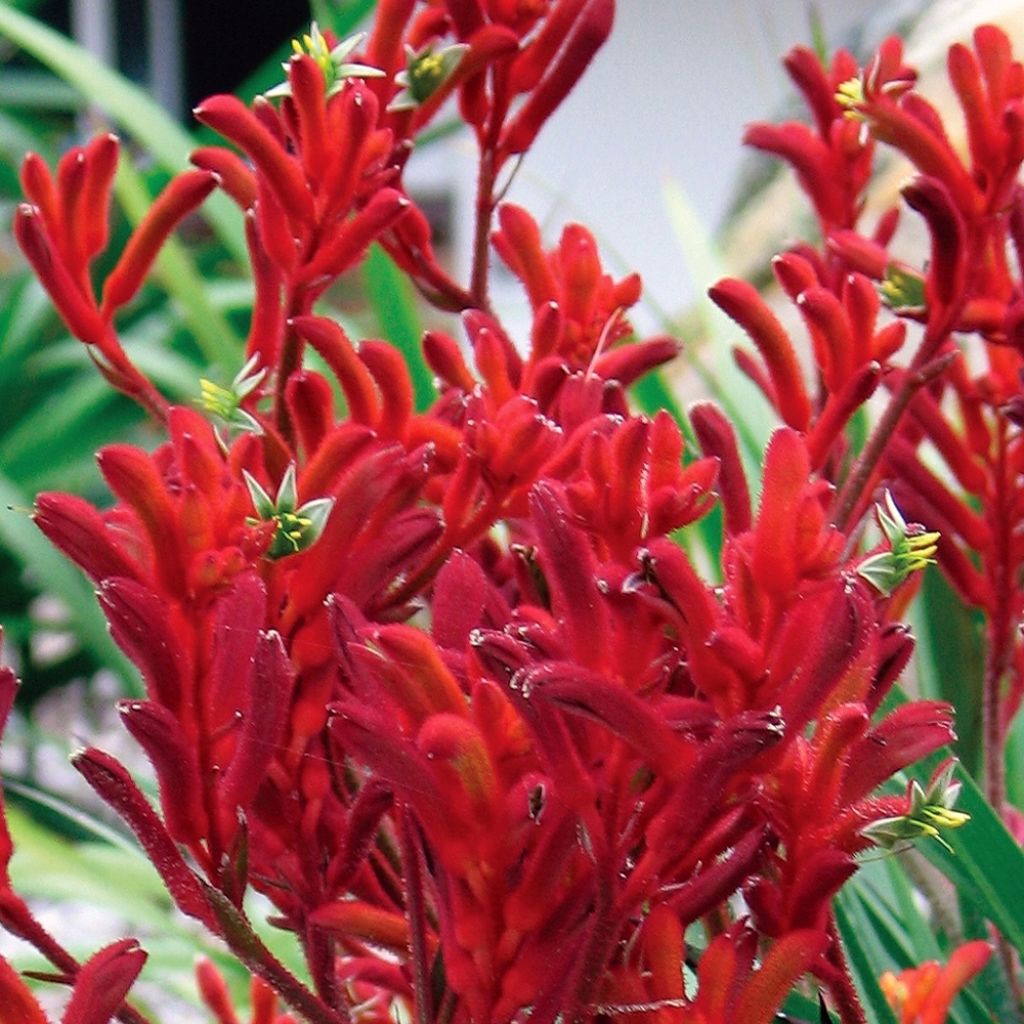

Anigozanthos flavidus Bush Inferno
Anigozanthos flavidus Bush Inferno
Anigozanthos flavidus Bush Inferno
Kangaroo Paw
Great package, well wrapped
Simone, 26/02/2024
Special offer!
Receive a €20 voucher for any order over €90 (excluding delivery costs, credit notes, and plastic-free options)!
1- Add your favorite plants to your cart.
2- Once you have reached €90, confirm your order (you can even choose the delivery date!).
3- As soon as your order is shipped, you will receive an email containing your voucher code, valid for 3 months (90 days).
Your voucher is unique and can only be used once, for any order with a minimum value of €20, excluding delivery costs.
Can be combined with other current offers, non-divisible and non-refundable.
Home or relay delivery (depending on size and destination)
Schedule delivery date,
and select date in basket
This plant carries a 12 months recovery warranty
More information
We guarantee the quality of our plants for a full growing cycle, and will replace at our expense any plant that fails to recover under normal climatic and planting conditions.

Would this plant suit my garden?
Set up your Plantfit profile →
Description
Anigozanthos 'Bush Inferno' is an original Australian perennial better known as 'Kangaroo Paw' due to the structure of its inflorescences. 'Bush Inferno', which can be translated as 'Bush of Hell', is a recent selection with a compact but vigorous growth rate and abundant red flowering. Above its lush foliage, stems laden with red flowers emerge, creating a stunning display in the garden, in a pot on a patio, or even in a bouquet. Unfortunately, Anigozanthos is not very hardy, with outdoor cultivation being reserved for the mildest regions.
Anigozanthos flavidus belongs to the Haemodoraceae family. The genus Anigozanthos is endemic to southwestern Western Australia and comprises 11 species, including flavidus (with yellow flowers), which is the most adaptable, robust, and cold-resistant, withstanding temperatures down to -5°C (23°F) for a short period. It is not demanding in terms of exposure and soil, although it prefers sun and well-drained soil, preferably sandy and humiferous. Its resistance to summer drought is commendable, but lack of water will dry up its flowering. It is an herbaceous perennial plant with a rhizome, which retains its growth throughout the year, even in winter. Its lifespan is relatively short, around 4 to 5 years: to ensure the longevity of the plant, division is necessary.
'Bush Inferno' is more compact and brightly coloured than the wild species. It forms a dense tuft, with foliage reaching a height of 30cm (12in) and spreading through its rhizomes. Its leaves are sheathing and strongly imbricate at the base. They are narrow and upright, similar to those of an iris but with a slightly duller green colour. Flowering begins in spring, in May-June, and continues until late summer if the weather remains mild and the soil stays somewhat moist in July-August. In nature, the plant often undergoes a dormant period in summer. When sheltered, 'Bush Inferno' can flower almost year-round. The hairy and branched flower stems reach approximately 60cm (24in) in height. At their top, curious clusters of nectar-rich woolly flowers in the shape of bent tubes bloom, measuring 3 to 5cm (1 to 2in) long. Five red stamens protrude from the flowers. In Australia, they are pollinated by birds. Able to regenerate quickly after fire passes through its trailing rhizomes, Anigozanthos is one of the plants that rapidly recolonise burned lands.
Unique, exotic, and colourful, Anigozanthos 'Bush Inferno' is a highly decorative plant for a patio or balcony, suitable for overwintering in most of our regions. It is not difficult to cultivate and blooms for a long time with a little water and fertiliser. Coastal gardeners can plant it in a rockery or in a slightly raised bed where it will create a great effect, planted among low bushes or perennials that thrive in the same conditions. In this use, it can be planted with, for example, Beschorneria yuccoides, Hesperaloe parviflora, or phormiums. It forms an unexpected combination with Cosmos atrosanguineus, a shrubby artemisia, and Perovskia. In Australia, it is often planted in large borders, against walls, or along pathways. It could be paired with compact agapanthus and Walker's Low catmints, for example.
Report an error about the product description
Anigozanthos flavidus Bush Inferno in pictures
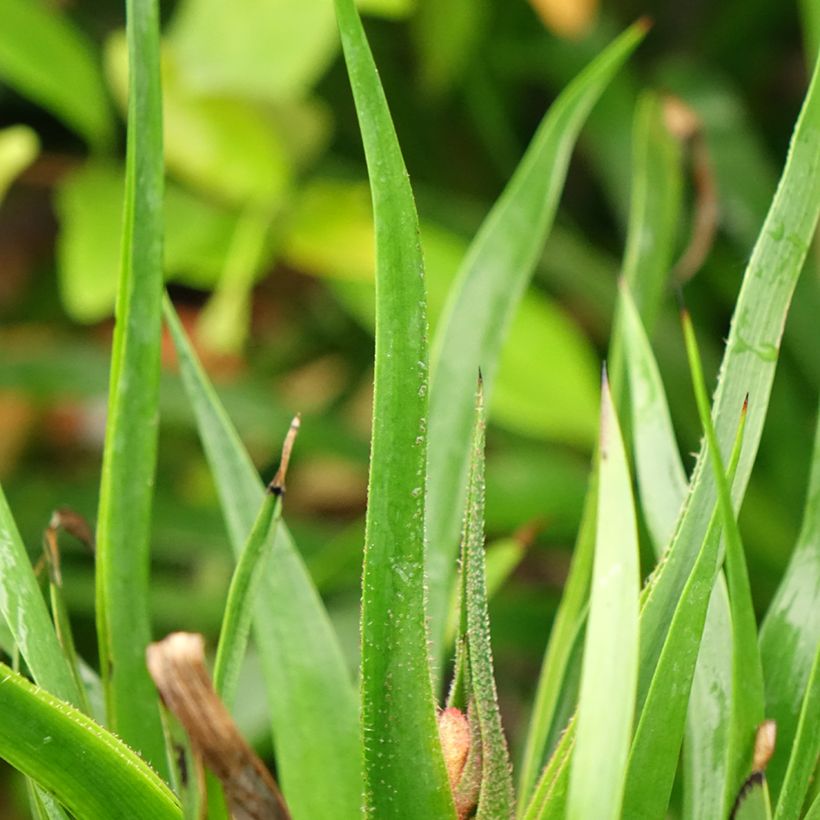

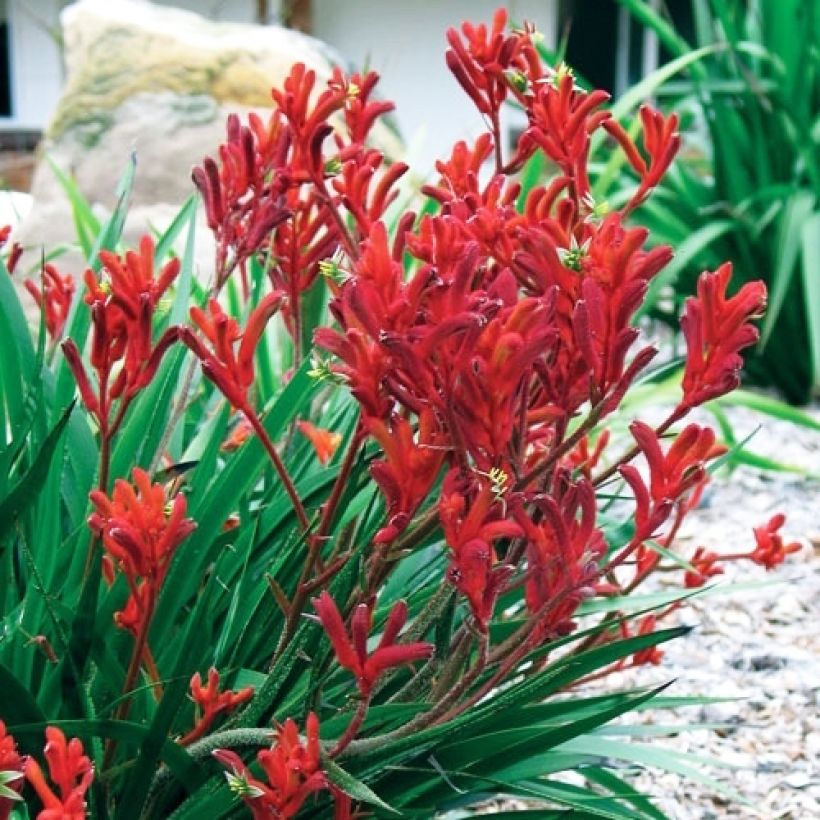

Flowering
Foliage
Plant habit
Botanical data
Anigozanthos
flavidus
Bush Inferno
Haemodoraceae
Kangaroo Paw
Australia
Other Anigozanthos - Kangaroo Paw
View all →Planting and care
Originally from Australia, it is considered as a greenhouse plant elsewhere. It withstands short frosts of around -5 to -7°C (23 to 19.4°F). To be grown on a protected patio, in a sheltered courtyard, against a west-facing wall, by the seaside.
This plant prefers sunny exposures, but tolerates semi-shade in favourable climates. Not demanding in terms of soil, it adapts to any well-drained soil, whether it is acidic, neutral, or chalky. An equal mixture of garden soil, leaf compost, and coarse sand will do the trick. The flowering diminishes in summer if the plant lacks water, which is not detrimental to its health. To support flowering, it is therefore preferable to water during dry weather in summer. Fertiliser inputs are also appreciated: apply well-decomposed compost or slow-release fertiliser in spring. Place a thick layer of dead leaves, bark, or straw to protect the stump in open ground. Prune the foliage to 10cm (4in) above the ground in late winter or early spring to avoid excessive moisture and the development of diseases, especially ink disease, which causes leaf blackening in humid conditions. Also, be wary of attacks from slugs and snails in spring.
In the Rayol botanical garden, in Var, the gardeners have observed that spreading wood ashes (from fireplaces) around the soil promotes flowering and fruiting of the plant, probably due to the fertilising and fungicidal properties of the ash.
Divide the clumps after 3 or 4 years in early summer.
Potted plants should be regularly watered. Apply geranium fertiliser every 15 days. Bring your pots indoors before the arrival of frost. Store them in a bright, cool, minimally heated place, but protected from frost. Reduce watering in winter.
Planting period
Intended location
Care
-
, onOrder confirmed
Reply from on Promesse de fleurs
Similar products
Haven't found what you were looking for?
Hardiness is the lowest winter temperature a plant can endure without suffering serious damage or even dying. However, hardiness is affected by location (a sheltered area, such as a patio), protection (winter cover) and soil type (hardiness is improved by well-drained soil).

Photo Sharing Terms & Conditions
In order to encourage gardeners to interact and share their experiences, Promesse de fleurs offers various media enabling content to be uploaded onto its Site - in particular via the ‘Photo sharing’ module.
The User agrees to refrain from:
- Posting any content that is illegal, prejudicial, insulting, racist, inciteful to hatred, revisionist, contrary to public decency, that infringes on privacy or on the privacy rights of third parties, in particular the publicity rights of persons and goods, intellectual property rights, or the right to privacy.
- Submitting content on behalf of a third party;
- Impersonate the identity of a third party and/or publish any personal information about a third party;
In general, the User undertakes to refrain from any unethical behaviour.
All Content (in particular text, comments, files, images, photos, videos, creative works, etc.), which may be subject to property or intellectual property rights, image or other private rights, shall remain the property of the User, subject to the limited rights granted by the terms of the licence granted by Promesse de fleurs as stated below. Users are at liberty to publish or not to publish such Content on the Site, notably via the ‘Photo Sharing’ facility, and accept that this Content shall be made public and freely accessible, notably on the Internet.
Users further acknowledge, undertake to have ,and guarantee that they hold all necessary rights and permissions to publish such material on the Site, in particular with regard to the legislation in force pertaining to any privacy, property, intellectual property, image, or contractual rights, or rights of any other nature. By publishing such Content on the Site, Users acknowledge accepting full liability as publishers of the Content within the meaning of the law, and grant Promesse de fleurs, free of charge, an inclusive, worldwide licence for the said Content for the entire duration of its publication, including all reproduction, representation, up/downloading, displaying, performing, transmission, and storage rights.
Users also grant permission for their name to be linked to the Content and accept that this link may not always be made available.
By engaging in posting material, Users consent to their Content becoming automatically accessible on the Internet, in particular on other sites and/or blogs and/or web pages of the Promesse de fleurs site, including in particular social pages and the Promesse de fleurs catalogue.
Users may secure the removal of entrusted content free of charge by issuing a simple request via our contact form.
The flowering period indicated on our website applies to countries and regions located in USDA zone 8 (France, the United Kingdom, Ireland, the Netherlands, etc.)
It will vary according to where you live:
- In zones 9 to 10 (Italy, Spain, Greece, etc.), flowering will occur about 2 to 4 weeks earlier.
- In zones 6 to 7 (Germany, Poland, Slovenia, and lower mountainous regions), flowering will be delayed by 2 to 3 weeks.
- In zone 5 (Central Europe, Scandinavia), blooming will be delayed by 3 to 5 weeks.
In temperate climates, pruning of spring-flowering shrubs (forsythia, spireas, etc.) should be done just after flowering.
Pruning of summer-flowering shrubs (Indian Lilac, Perovskia, etc.) can be done in winter or spring.
In cold regions as well as with frost-sensitive plants, avoid pruning too early when severe frosts may still occur.
The planting period indicated on our website applies to countries and regions located in USDA zone 8 (France, United Kingdom, Ireland, Netherlands).
It will vary according to where you live:
- In Mediterranean zones (Marseille, Madrid, Milan, etc.), autumn and winter are the best planting periods.
- In continental zones (Strasbourg, Munich, Vienna, etc.), delay planting by 2 to 3 weeks in spring and bring it forward by 2 to 4 weeks in autumn.
- In mountainous regions (the Alps, Pyrenees, Carpathians, etc.), it is best to plant in late spring (May-June) or late summer (August-September).
The harvesting period indicated on our website applies to countries and regions in USDA zone 8 (France, England, Ireland, the Netherlands).
In colder areas (Scandinavia, Poland, Austria...) fruit and vegetable harvests are likely to be delayed by 3-4 weeks.
In warmer areas (Italy, Spain, Greece, etc.), harvesting will probably take place earlier, depending on weather conditions.
The sowing periods indicated on our website apply to countries and regions within USDA Zone 8 (France, UK, Ireland, Netherlands).
In colder areas (Scandinavia, Poland, Austria...), delay any outdoor sowing by 3-4 weeks, or sow under glass.
In warmer climes (Italy, Spain, Greece, etc.), bring outdoor sowing forward by a few weeks.































